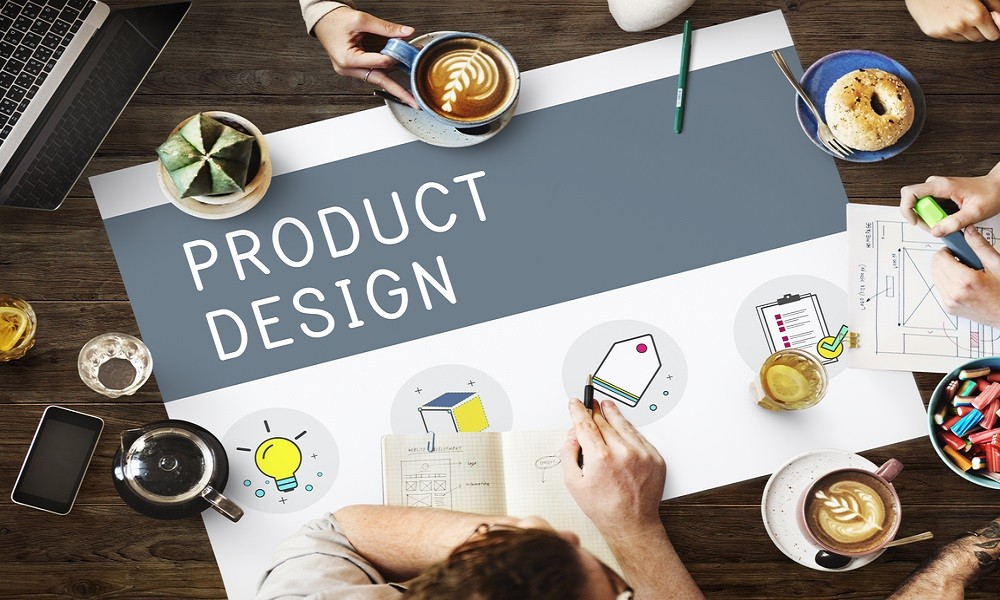In the constantly changing world of goods design, the dialogue between simplicity and complexity is growing as designers and consumers alike seek to rethink aesthetics for the future. As we move deeper into an age marked by rapid technological advancements and changing consumer preferences, the dialogue around how items look and are experienced becomes ever more significant. Simplicity, with its focus on simplicity and utility, appeals to those who value clear lines and unobtrusive design. On the other hand, complexity embraces complexity and rich detail, catering to a desire for individuality and personal expression.
As we imagine the future of product aesthetics, it is crucial to explore how these two design philosophies will interact and impact each other in the marketplace. With sustainability on the rise and a demand for items that resonate on a personal level, the selected aesthetic can serve a pivotal role in shaping consumer experiences. This article will explore the trends that are likely to emerge, looking into how the dichotomy between simplicity and complexity will create new opportunities for creativity in product design and manufacturing.
Establishing Minimalism in Product Design
Simplicity in product design is founded in minimal elements, utility, and a concentration on necessities. It highlights the elimination of superfluous elements and embellishments, guiding designers towards creating products that fulfill their primary purpose without clutter. This strategy often results in minimal forms, muted color combinations, and the use of premium substances that elevate usability and upholding design beauty.
The heart of minimalism is to create an engagement rather than just a product. By stripping away excess, designers seek to nurture a deeper connection between users and products. This can lead to a smoother interaction, as minimalistic designs often prioritize user-friendliness and simplicity. Such designs inspire people to appreciate the object alone, promoting an understanding of its utility and worth.

In the past few years, minimalism has seen a revival influenced by eco-friendly initiatives and the rising demand for mindfulness in acquisition. Designers are increasingly concentrating on designing evergreen designs that are long-lasting and multi-functional, which aligns with customer preferences for longevity and environmental responsibility. As a result, this design philosophy is set to shape the future of product design, encouraging a shift towards considerate design and mindful usage.
Exploring Maximalism in Design Choices
The maximalist approach in product design celebrates an wealth of features, hues, and finishes, creating a vibrant tapestry that encourages discovery. This method stands in stark contrast sharply with the minimalist philosophy, as it seeks to engage the senses through elaborate details and nuances. Designers are increasingly utilizing maximalism as a way to express personal identity and corporate identity, using vivid graphics, ornate patterns, and a mix of materials to forge captivating visual narratives.
The trend towards maximalism reflects a cultural transformation towards customization and personal expression. Consumers are drawn to products that align with their distinct tastes and lifestyles, preferring items that narrate a tale or stir emotion. This has led to a revival of eclectic designs that integrate vintage and current influences, allowing for more playful and experimental product aesthetics. As brands work to differentiate themselves in a crowded marketplace, maximalism offers a practical strategy for uniqueness through dynamic and striking designs.
In the sphere of manufacturing, the emergence of maximalism presents both challenges and difficulties. Brands must manage the delicate balance between creativity and realism, making sure that their daring designs can be practically produced while upholding top quality. Advances in manufacturing technologies, such as 3D printing and digital fabrication, empower designers to explore complex forms and structures that were once hard to achieve. As these bold designs gain momentum, manufacturers are obligated with modifying their operations to support this evolving and shifting aesthetic landscape.
The Balance: Future Trends in Design
With the evolution of product design continues to progress, the harmony between simplicity and complexity is becoming significantly important. Simplicity, with its focus on simplicity and utility, attracts consumers seeking understanding and comfort in their interactions with products. On the other hand, the growing tide of maximalism embraces intricacy and boldness, offering striking creations that invite self-expression and emotional engagement. Designers must balance these contrasting philosophies, discovering creative ways to incorporate elements from both to create products that resonate on multiple levels.
The increasing emphasis on sustainability is also impacting this balance in product aesthetics. Consumers are more conscious of their ecological footprint, leading to a tendency for designs that not only look good but also promote sustainable methods. This blend of minimalistic efficiency and maximalistic creativity can result in products that are eye-catching yet ecologically sound. Designers are challenged with reconsidering materials and production methods, making sure that aesthetic choices are in harmony with sustainable values while still providing performance.
Moreover, technology plays a significant role in guiding future trends in product design. With progress in manufacturing techniques, customization options are expanding, allowing consumers to tailor their experiences. This shift encourages a more maximalist approach, where distinct and intricate designs can be easily produced. However, as technology makes easier intricate production processes, there's also an opportunity for simple designs that leverage smart technologies for seamless user experiences. The future of product design lies in striking a careful balance between these two aesthetic philosophies, creating products that motivate and serve diverse consumer needs.
